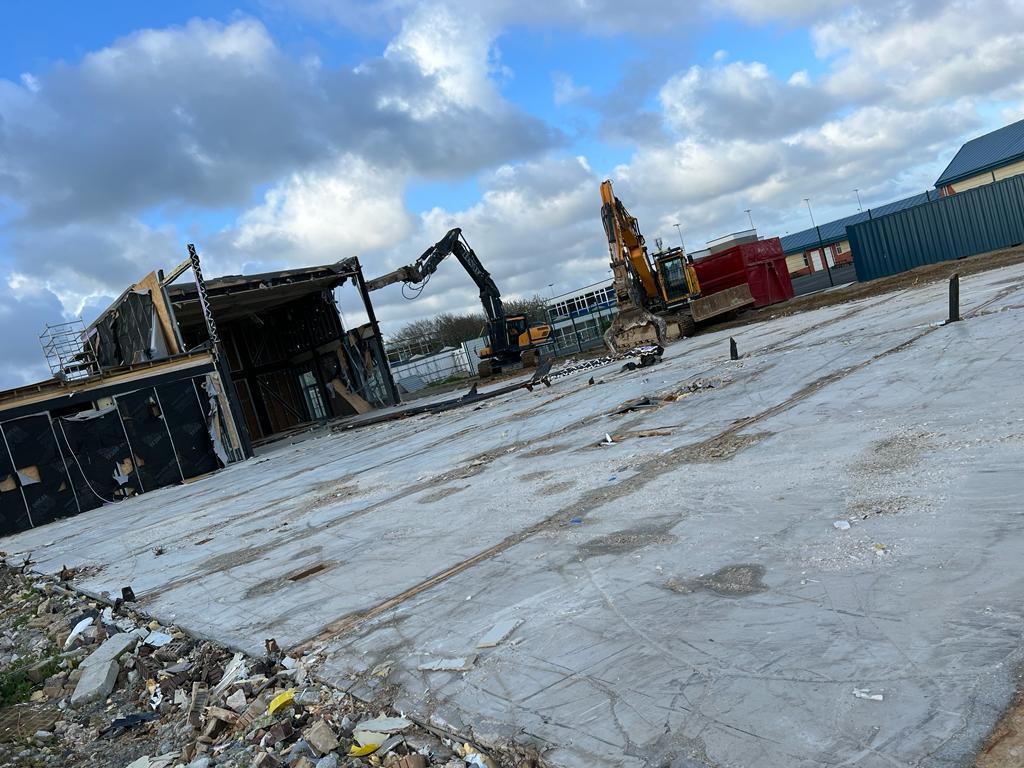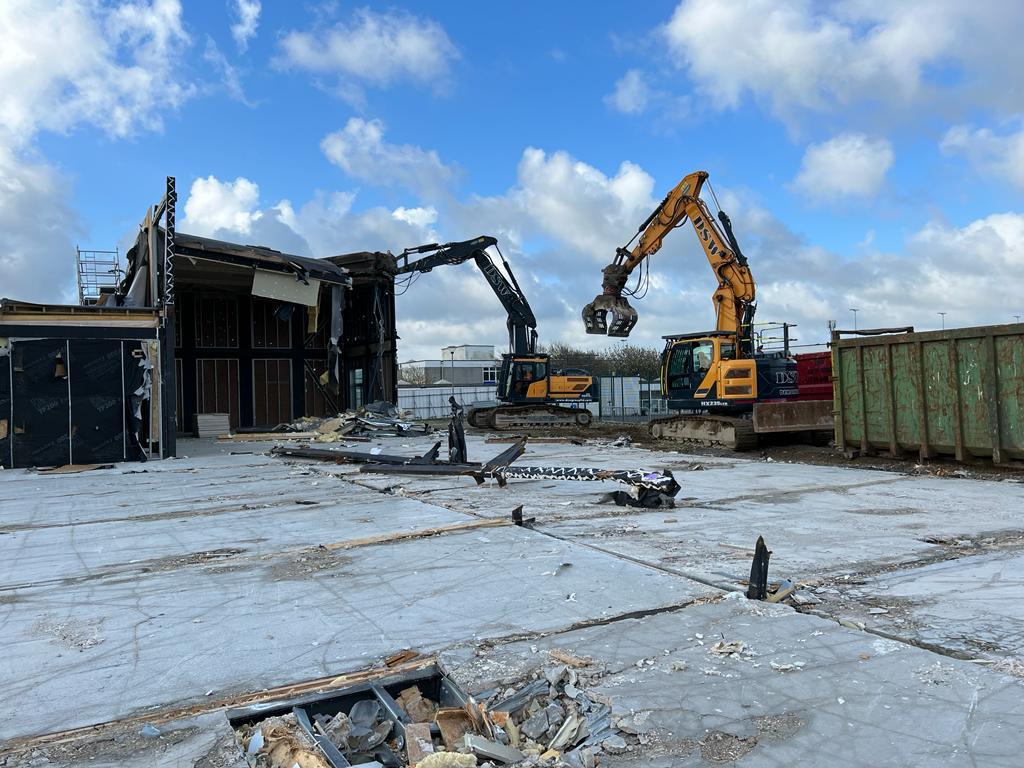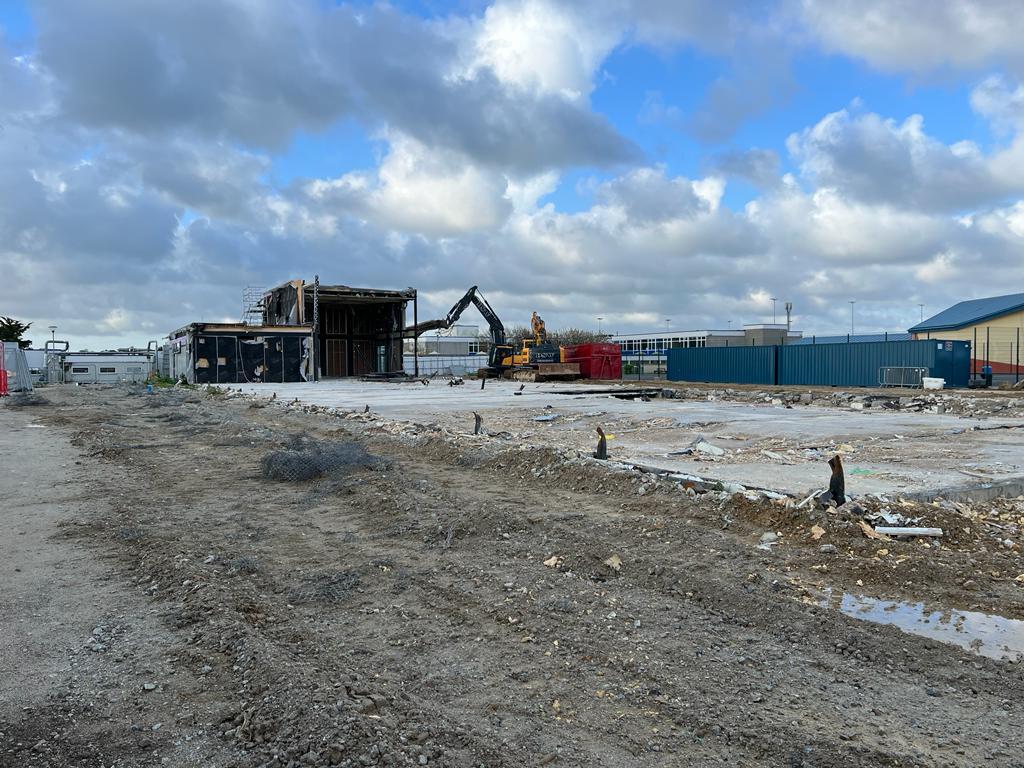Across the United Kingdom, there is a growing concern regarding the structural integrity of schools constructed using a material known as Reinforced Autoclaved Aerated Concrete (RAAC). As questions arise about the safety of these buildings, discussions about whether they should undergo demolition or extensive repair have taken center stage. In this article, we will delve into what RAAC concrete is and why schools in the UK are facing this dilemma.
Understanding RAAC Concrete
Reinforced Autoclaved Aerated Concrete (RAAC) is a versatile and energy-efficient building material. It is made by combining sand, cement, aluminum powder, and water to create a slurry. This slurry is poured into molds, where it expands and hardens. The resulting RAAC blocks or panels are lightweight and have a cellular, porous structure. They are prized for their excellent insulation properties, fire resistance, and sustainability.
RAAC concrete has been used globally in various construction projects for its durability and energy efficiency. Its lightweight nature reduces transportation costs and its insulation properties contribute to energy savings.
Why the Dilemma in UK Schools?
The dilemma facing schools in the UK stems from concerns over the structural integrity of RAAC concrete structures. Recent high-profile incidents involving building collapses in these schools have raised questions about the material’s performances.
The consequences of this concern are significant. If RAAC concrete buildings are found to be vulnerable to structural failure, they may not meet the safety standards required for public buildings, particularly schools where the safety of students and staff is paramount.
Options: Repair or Demolition?
The options currently being considered for schools built with RAAC concrete are primarily two-fold: repair or demolition.
Repair: One approach is to assess the extent of the safety risks in these buildings and, if possible, retrofit them to meet updated safety standards. This could involve reinforcing the RAAC concrete structures, adding additional materials, or modifying the buildings to improve structural integrity.
Demolition: Alternatively, some schools may face the prospect of complete demolition and rebuilding with different construction materials. This approach would provide a fresh start and ensure that new buildings meet the latest safety standards from the ground up.
The decision between repair and demolition is complex and depends on factors such as the severity of safety risks, the age and condition of the existing buildings, available funding, and the desire to maintain historical or architectural value.
Conclusion
RAAC concrete has long been regarded as a durable and energy-efficient building material, but recent concerns about its structural performance have thrown UK schools into a dilemma. The choice between repairing existing structures or demolishing them and starting anew is a complex one with significant implications for safety, finances, and educational continuity.
While investigations into the safety of RAAC concrete buildings are ongoing, the priority remains ensuring the safety of students and staff. Whichever path is chosen—repair or demolition—it underscores the importance of stringent building standards, regular inspections, and a commitment to safeguarding the well-being of those who use these educational facilities. The outcome will shape future construction practices in the UK, focusing on the safety and sustainability of our schools.




